
Egenskaperna och tillämpningarna för transparent PVC-sträckfilm i självhäftande kallförseglingsförpackningar och termoformning av serviser
2025-04-03 11:20s transparens, vilket gör den idealisk för applikationer där estetik betyder lika mycket som funktion. Utmaningar och övervägandenTransparent PVC-sträckfilm finns'
Utmaningar och övervägandenTransparent PVC-sträckfilm finns'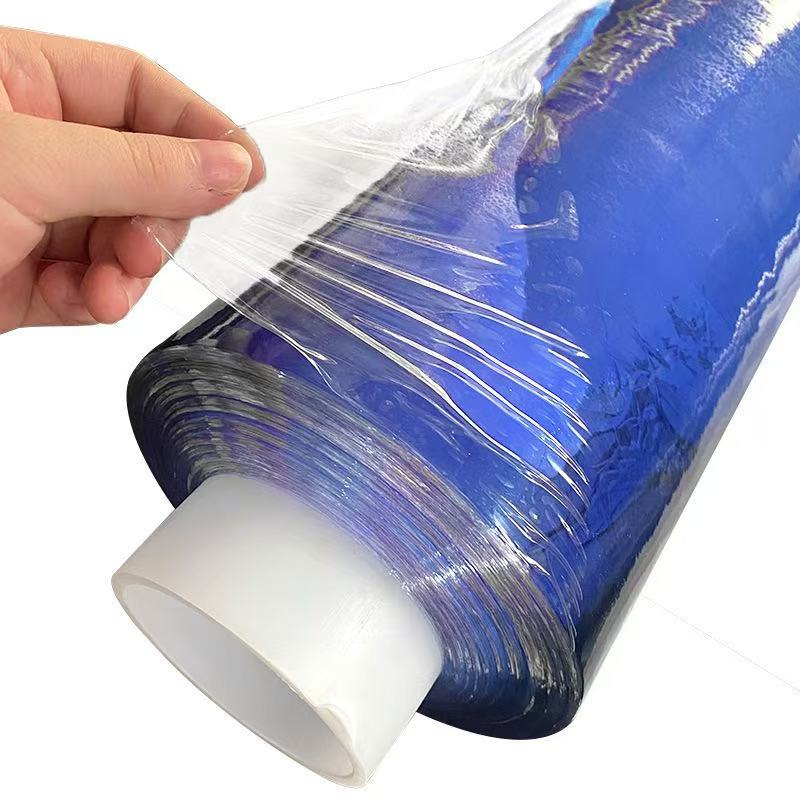
t utan brister. Miljövänner kritiserar dess klorinnehåll, som frigör dioxiner om det förbränns på felaktigt sätt, och dess återvinning hämmas av förorening av mjukgörare
—endast cirka 1 % av PVC återvinns globalt, enligt industrins uppskattningar. Hälsoproblem uppstår också: medan FDA godkänner PVC för kontakt med livsmedel, med migration av mjukgörare under 0,1 mg/kg som anses vara säker, kvarstår allmänhetens försiktighet, särskilt för fet mat där migrationsriskerna ökar.Dess termiska begränsningar
—
uppmjukning över 70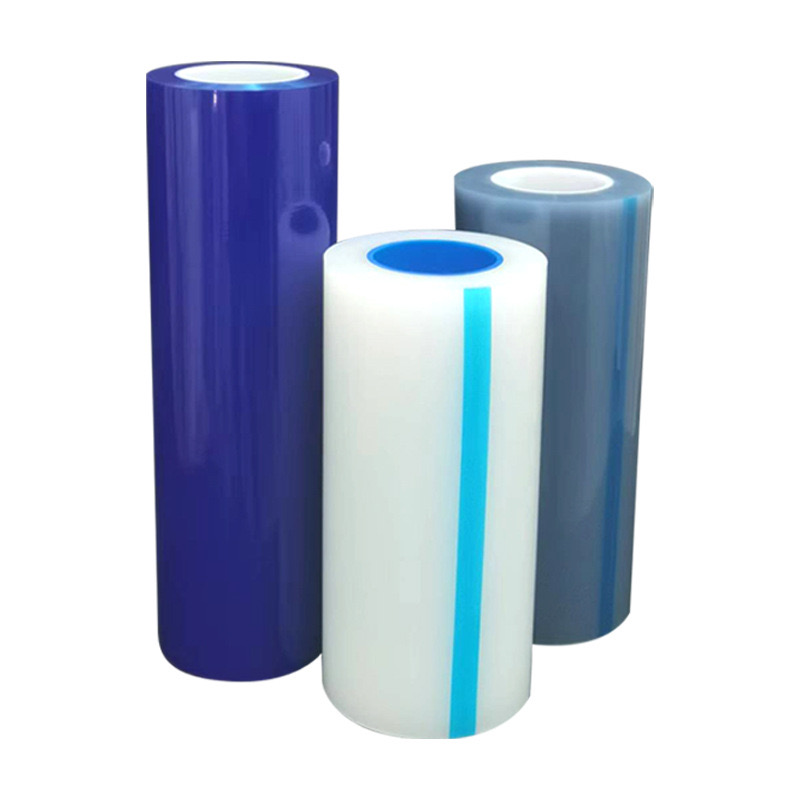
°C—begränsa den till kall eller omgivande användning, och alternativ som PLA eller PET vinner dragkraft för sin miljövänlighet. Ändå transparent PVC-sträckfilm'
s kostnad och prestanda håller den konkurrenskraftig.FramtidsutsikterInnovationer som biobaserade mjukgörare eller förbättrade återvinningssystem kan ta itu med PVC's nackdelar som förlänger dess livslängd i livsmedelstillämpningar. Tills vidare säkerställer dess klarhet, vidhäftning och formbarhet att den förblir ett viktigt verktyg i kallförseglingsförpackningar och serviser.
Sammanfattningsvis, genomskinlig PVC-sträckfilm blandar praktiskt med visuellt tilltalande, förpackar produkter med lätthet och formar serviser med precision. Från en delikatessdisk till ett picknickbord, dess närvaro förbättrar bekvämligheten och presentationen, vilket bevisar att en tydlig film kan ge stora resultat.—often between 10-25 microns—transparent PVC stretch film is surprisingly tough. Its tensile strength, averaging 20-30 MPa, ensures it resists punctures and tears during handling, a vital trait for packaging sharp-edged items like cheese blocks or cutlery.
Cost-Effectiveness: PVC is relatively inexpensive to produce, thanks to its widespread availability and efficient manufacturing processes like calendaring or extrusion. This affordability makes transparent PVC stretch film a go-to for businesses seeking high-performance packaging at a low cost.
Thermal Stability: Transparent PVC stretch film remains stable at room temperature and can withstand mild heat (up to 60-70°C) without deforming. However, it softens at higher temperatures, limiting its use in hot-fill or microwaveable applications unless specially stabilized with additives.
While these attributes highlight its strengths, transparent PVC stretch film has limitations. Environmental concerns—due to chlorine content and challenges in recycling—along with potential plasticizer migration under scrutiny, temper its appeal. Nonetheless, its practical benefits keep it relevant in specific niches.
Applications in Self-Adhesive Cold-Seal Packaging
Self-adhesive cold-seal packaging relies on materials that can seal without heat, offering convenience and energy efficiency. Transparent PVC stretch film excels here, leveraging its cling and flexibility to protect and present food. Here’s how it’s applied:
Fresh Produce Wrapping: Transparent PVC stretch film is a staple for wrapping fruits and vegetables like apples, cucumbers, or bell peppers. Its stretchability allows it to envelop produce of varying shapes, while its clarity showcases vibrant colors—think of a supermarket display where glossy red tomatoes gleam through the film, enticing shoppers. The film’s self-adhesive nature ensures a tight seal, locking in freshness by reducing air exposure, with studies showing it can extend shelf life by up to 20% for items like lettuce compared to unwrapped storage.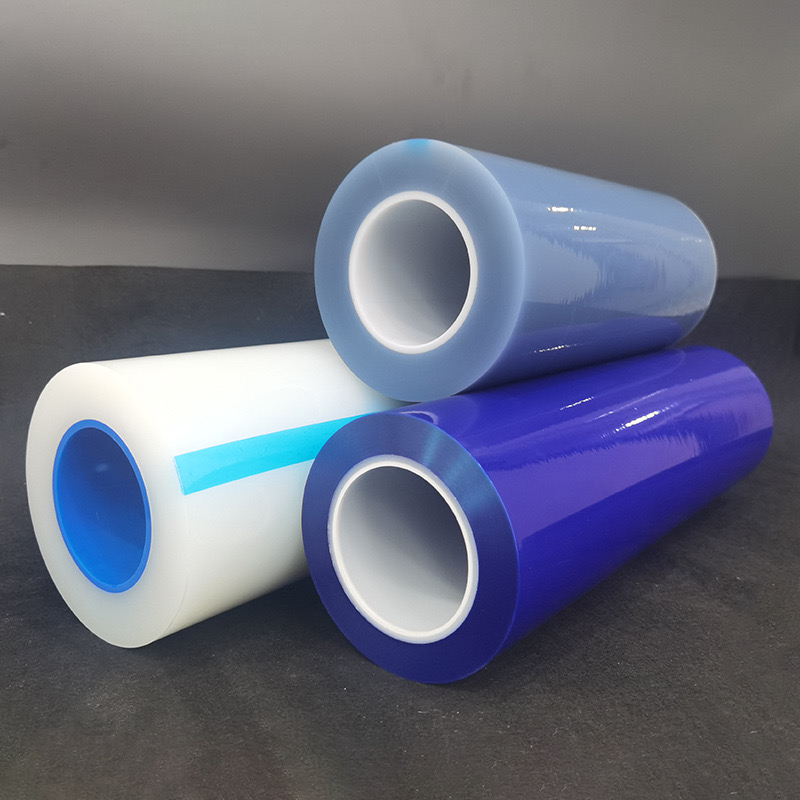
Deli and Meat Packaging: In delis, transparent PVC stretch film wraps sliced meats, cheeses, and prepared foods. A butcher might use it to package a stack of ham slices, stretching the film over a tray and pressing it down to seal without heat. The film’s puncture resistance protects against tears from sharp edges, while its moisture barrier prevents drying, maintaining texture and flavor for days.
Bakery Goods: Bread, pastries, and sandwiches benefit from transparent PVC stretch film’s ability to conform and cling. A bakery might wrap a fresh baguette, where the film’s elasticity hugs the crusty surface, and its transparency highlights golden-brown perfection. The cold-seal process is quick—simply overlap the film edges, and they stick—saving time in high-volume settings.
Retail Ready-to-Eat Meals: Pre-made salads or sushi trays often use transparent PVC stretch film as a top layer. Its self-adhesive quality eliminates the need for adhesive strips or heat sealers, streamlining production. For instance, a sushi chef might stretch the film over a tray of nigiri, ensuring each piece is visible and secure, with the film’s slight breathability preventing condensation buildup that could soggy the rice.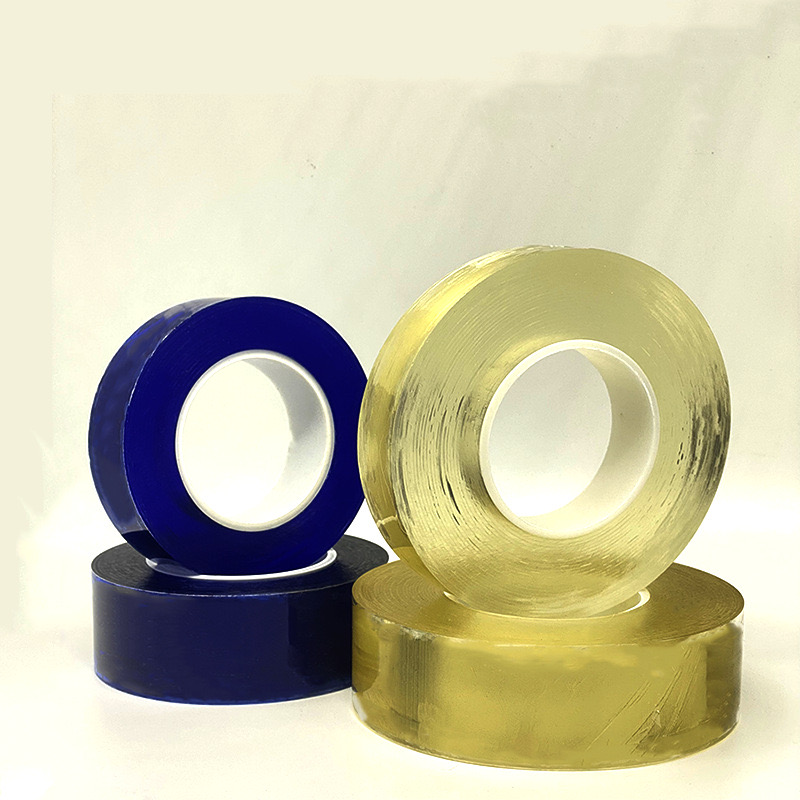
The application process is straightforward: the film is dispensed from rolls, stretched over the product or tray, and pressed to seal. Its cling ensures a tamper-evident closure, reassuring consumers of product integrity. This cold-seal method also reduces energy costs compared to heat-sealing alternatives like polyethylene, aligning with sustainable production goals.
Applications in Tableware Thermoforming
Thermoforming transforms flat plastic sheets into three-dimensional shapes, and transparent PVC stretch film adapts well to this process for disposable tableware. Its clarity and moldability shine in these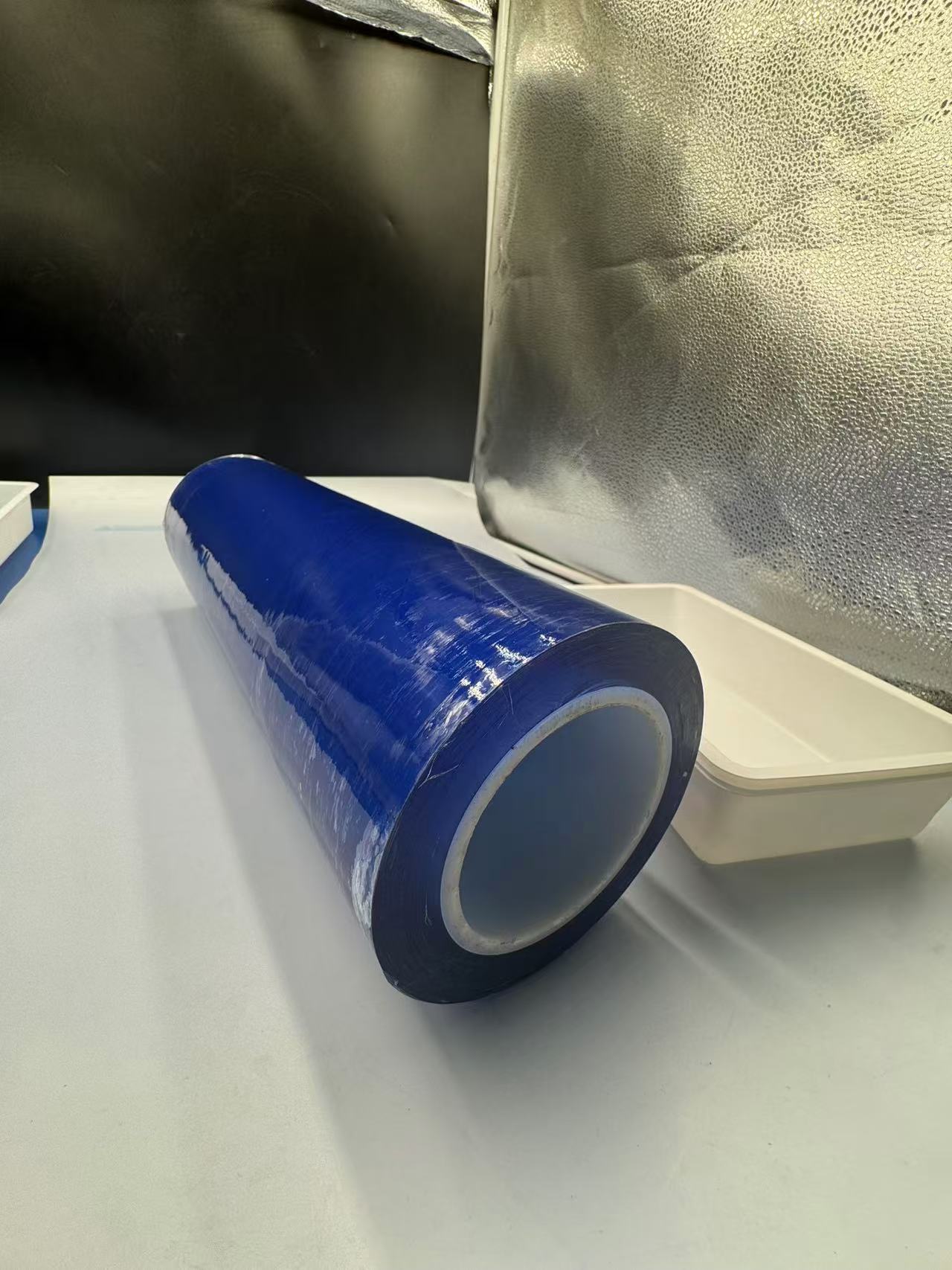 applications:
applications:
Disposable Cups and Lids: Transparent PVC stretch film is thermoformed into clear cups and lids for cold beverages like iced coffee or smoothies. Imagine a café serving a vibrant fruit smoothie in a transparent PVC film cup—the drink’s layers of color pop through the crystal-clear walls, enhancing visual appeal. The film is heated to around 120°C, molded into shape, and cooled, retaining durability for single-use scenarios.
Food Trays and Containers: Thermoformed trays for salads, desserts, or snacks often use transparent PVC stretch film. Its flexibility allows it to take on intricate designs, like compartmentalized trays for a charcuterie assortment. A caterer might use such a tray to display cheeses and grapes, with the film’s clarity ensuring every item is visible, while its strength supports the weight without buckling.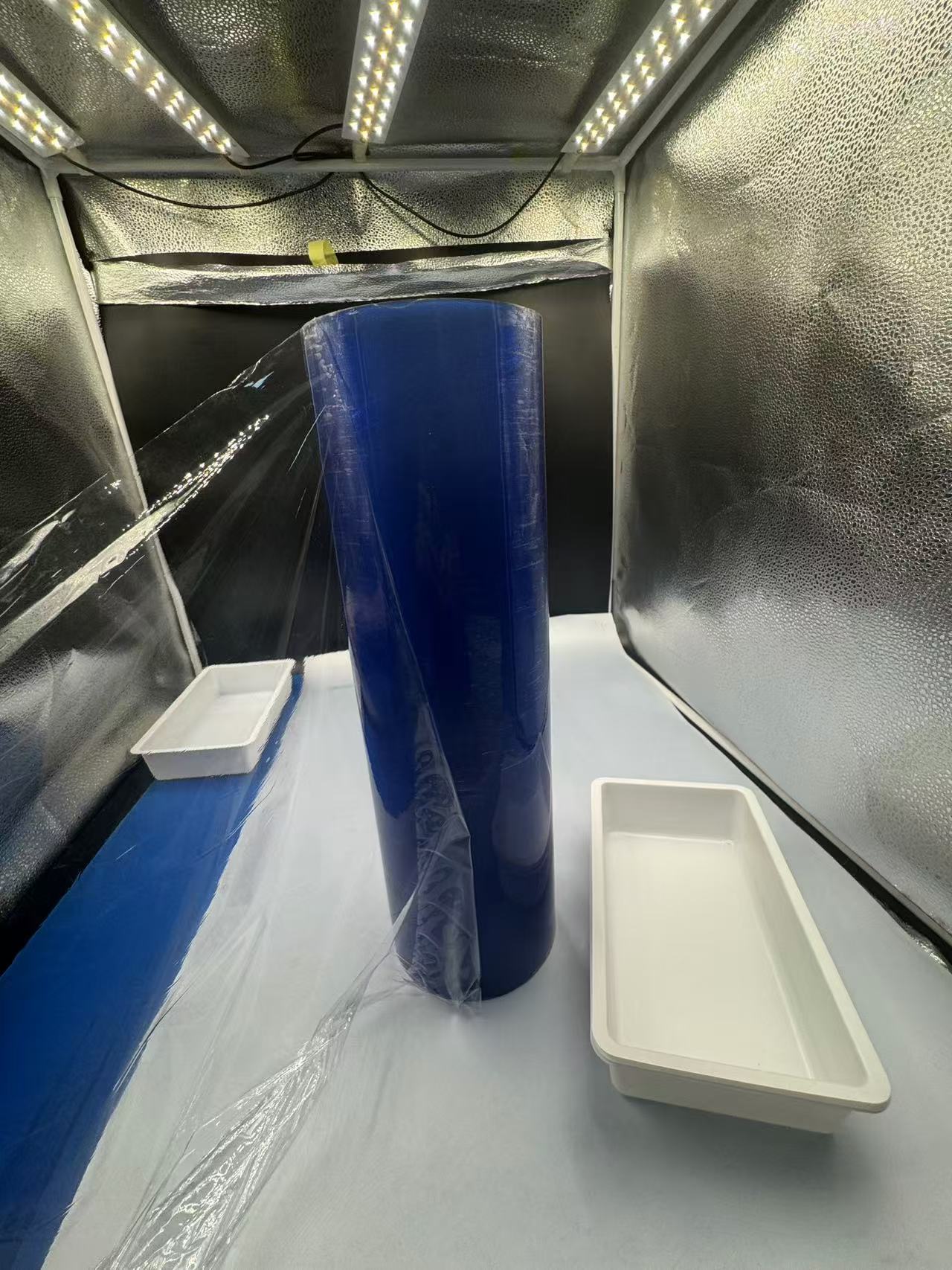
Cutlery Packaging: Transparent PVC stretch film can be thermoformed into blister packs for disposable cutlery sets. A picnic pack with a fork, spoon, and knife might be encased in a clear PVC shell, molded to fit each utensil snugly. The transparency lets consumers verify contents, and the film’s toughness protects against damage during transport.
Serving Bowls: Small, transparent PVC film bowls are popular for single-serve portions at events. Picture a wedding buffet with individual fruit salads in clear bowls—the film’s glossy finish and clarity elevate the presentation, while its lightweight nature (density around 1.35 g/cm³) keeps costs and handling effort low. Thermoforming ensures smooth edges and consistent thickness, enhancing user comfort.
The thermoforming process involves heating the PVC film until pliable, then using vacuum or pressure to shape it against a mold. The result is a precise, durable product that retains the film’s transparency, making it ideal for applications where aesthetics matter as much as function.
Challenges and Considerations
Transparent PVC stretch film isn’t without flaws. Environmentalists critique its chlorine content, which releases dioxins if incinerated improperly, and its recycling is hampered by plasticizer contamination—only about 1% of PVC is recycled globally, per industry estimates. Health concerns also arise: while the FDA approves PVC for food contact, with plasticizer migration below 0.1 mg/kg deemed safe, public wariness persists, especially for fatty foods where migration risks increase.
Its thermal limitations—softening above 70°C—restrict it to cold or ambient uses, and alternatives like PLA or PET are gaining traction for their eco-friendliness. Still, transparent PVC stretch film’s cost and performance keep it competitive.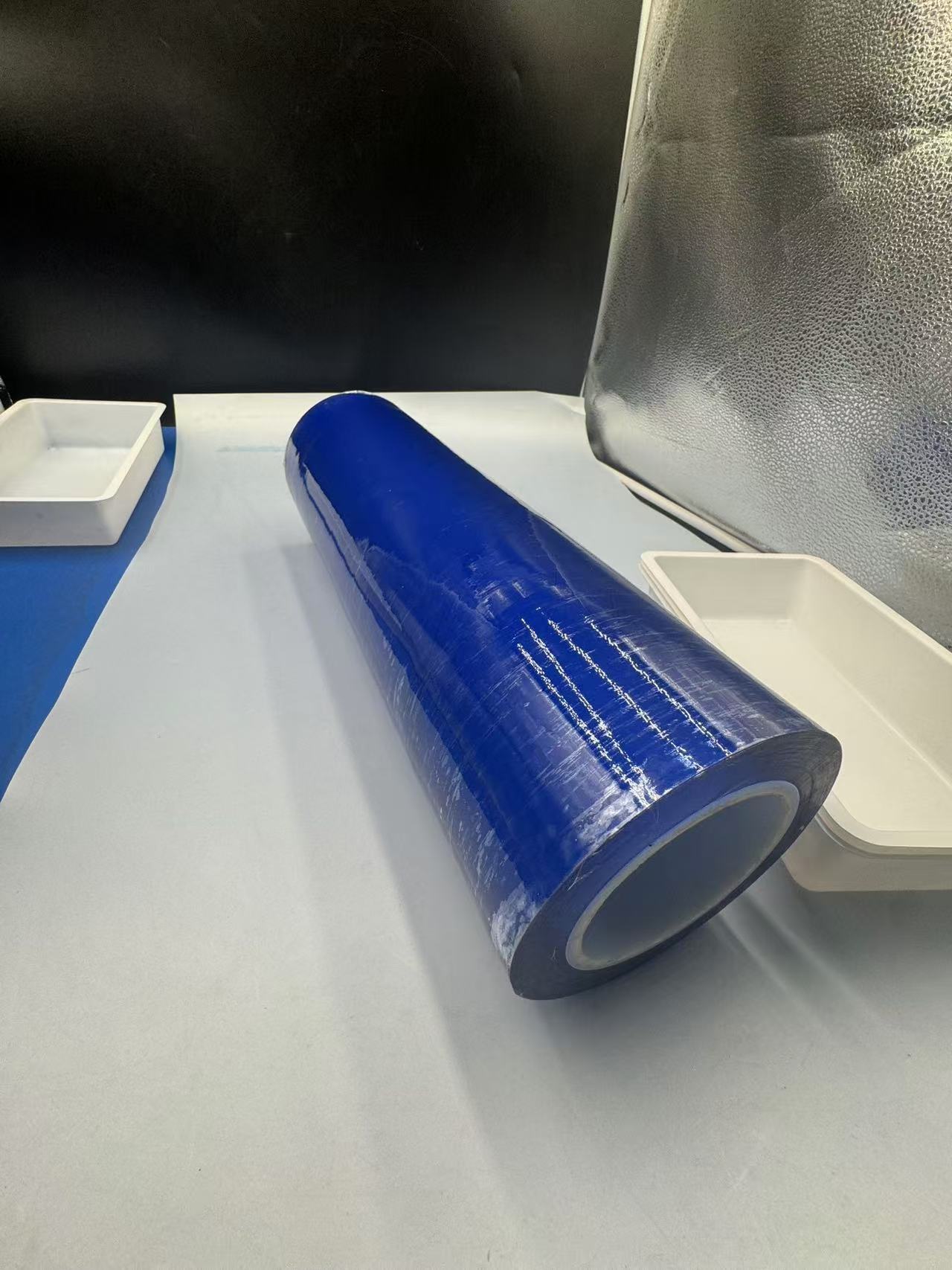
Future Prospects
Innovations like bio-based plasticizers or improved recycling systems could address PVC’s drawbacks, extending its lifespan in food applications. For now, its clarity, cling, and moldability ensure it remains a vital tool in cold-seal packaging and tableware.
In summary, transparent PVC stretch film blends practicality with visual appeal, wrapping produce with ease and shaping tableware with precision. From a deli counter to a picnic table, its presence enhances convenience and presentation, proving that a clear film can deliver big results.

